I came across this blog post: http://thomaselementaryart.blogspot.com/2013/04/3rd-grade-machine-brains.html and was inspired by the 3rd grade project "Machine Brains".
I adapted this project for the 1st graders and so far am extremely pleased. The students are really getting into this!
After showing the students this video, I explained the project which I call SIMPLE MACHINES, COMPLEX MINDS
I talked to the students about how complex and intricate their minds and thoughts are. They are such a great group of 1st graders, they are so creative and smart.
To begin, the students each select one of three templates of a profile that they feel looks most like them. Then, they pair up with a partner and take turns holding the template while the other traces. Then, they must make at least one modification to the profile to look more like them (change hair, nose, chin, etc).
As for process, the students were all VERY engaged in and excited about this project so far. They all developed very imaginative networks of simple machines and were really pumped to share this with other students and with myself. Below are images taken on/after day two of this project.
Below are two finished examples:
Overview:
1st grade
2-3 days
The students will draw a profile of a person and fill the space with a network of simple machines. After drawing, will outline with crayon and then paint with watercolor.
Learning Outcomes:
The learner will be able to recognize and draw a variety of simple machines
The learner will use pencil, crayon and watercolor to create a colorful artwork.
NC Essential Standards:
1.V.1.2 Create original art that expresses ideas, themes, and events.
1.V.1.3 Recognize that symbols, subjects, or themes are used in the works of others to communicate.
1.V.1.4 Understand characteristics of the Elements of Art, including lines, shapes, colors, textures, form, and space.
1.V.2.3 Create art from imaginary sources of inspiration
1.V.3.2 Execute control of a variety of media.
1.V.3 Create art using a variety of tools, media, and processes, safely and appropriately.
1.V.3.3 Use the processes of drawing, painting, weaving, printing, stitchery, collage, mixed media, sculpture, and ceramics to create art.
1.CX.2.2 Identify connections between art and concepts from other disciplines, such as math, science, language arts, social studies, and other arts.
Materials:
- Images for inspiration and reference
- 12” x 18” white paper, pencils, profile portrait templates, crayon, watercolor, paintbrush, scissors, glue
- Profile, Portrait
- Shape, Color, Movement/Rhythm
- Simple machines
Simple Machines
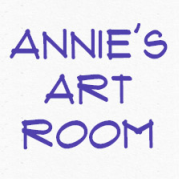
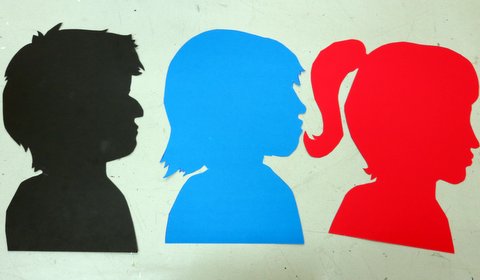
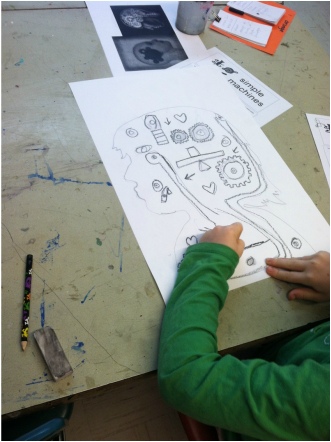
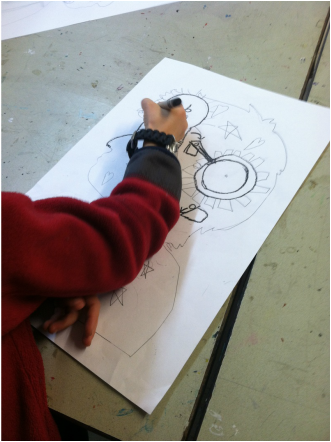
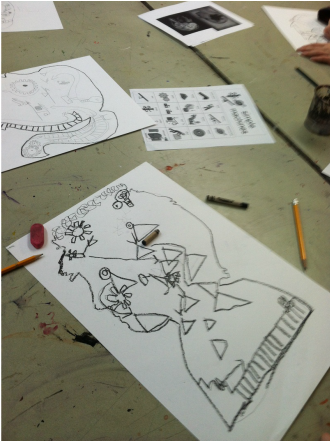
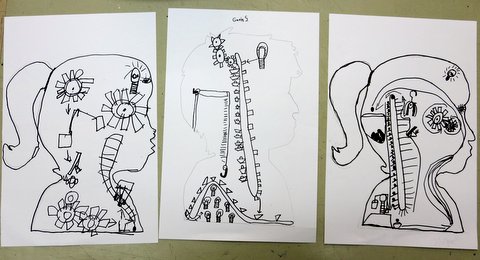
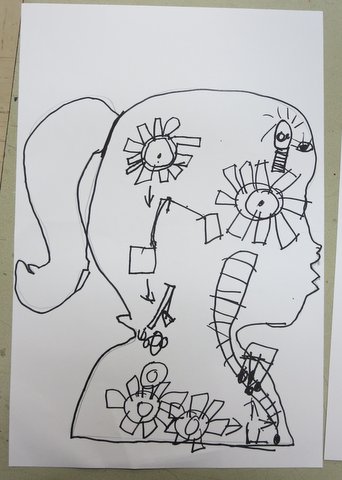
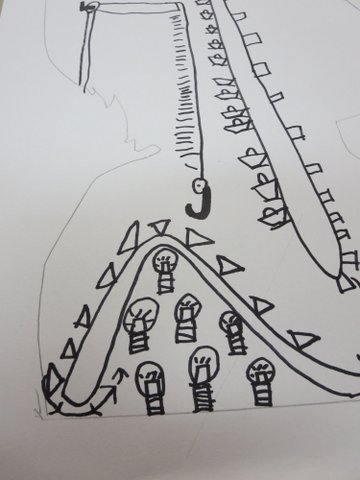
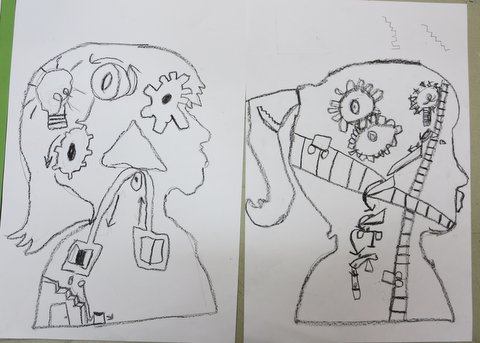
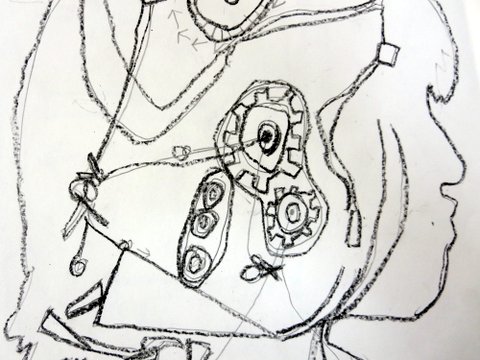
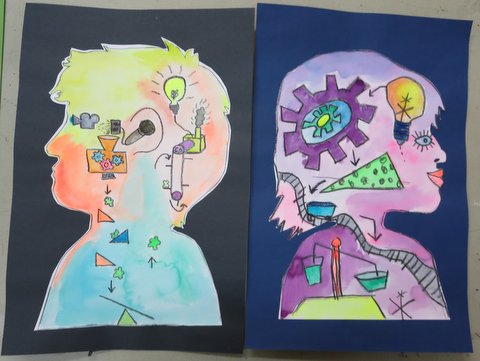
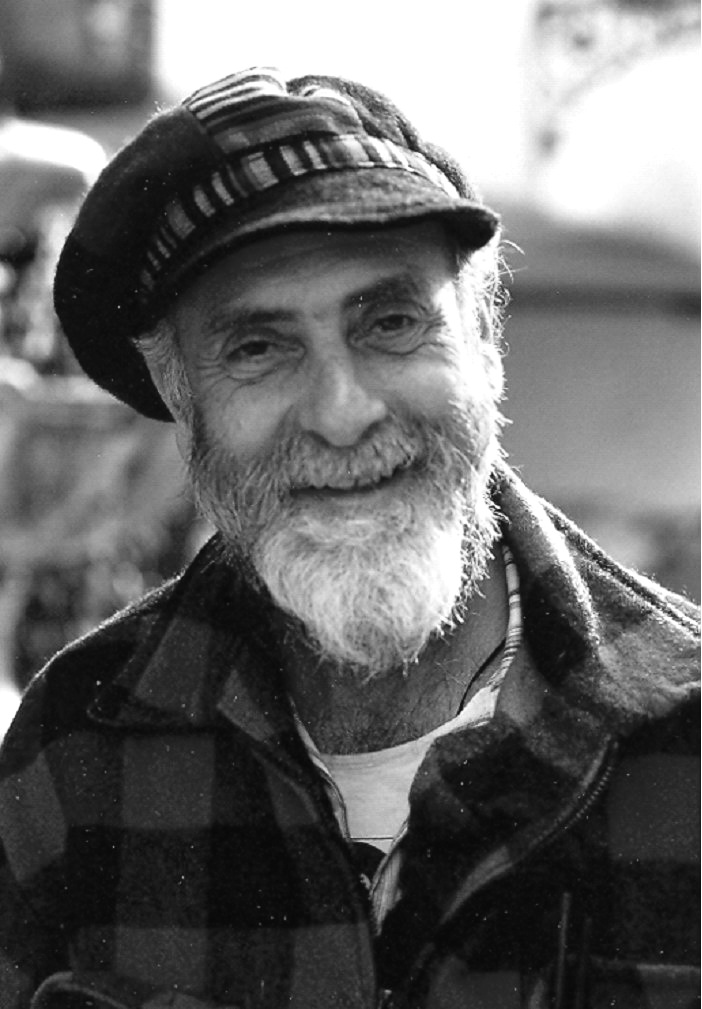
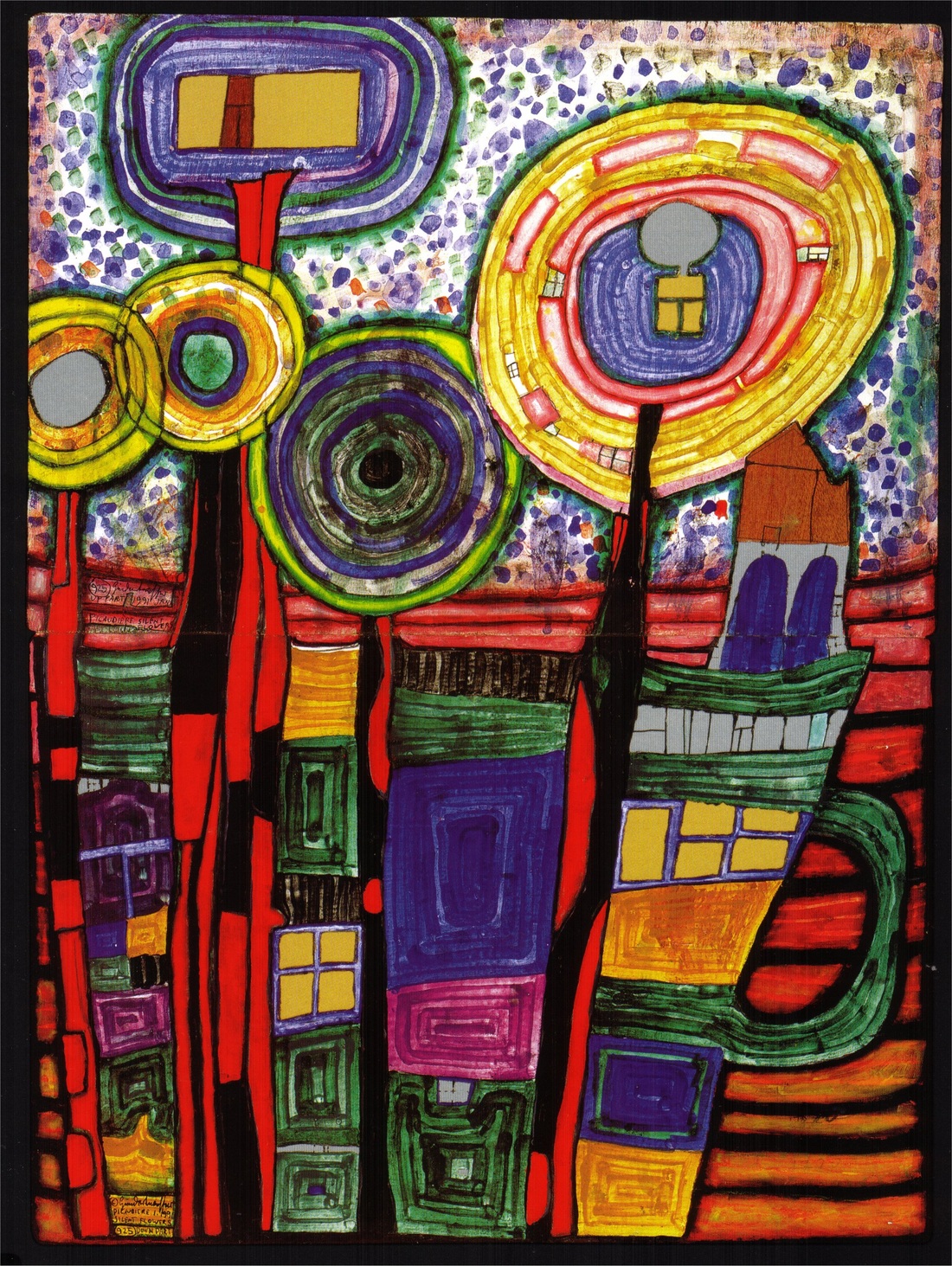
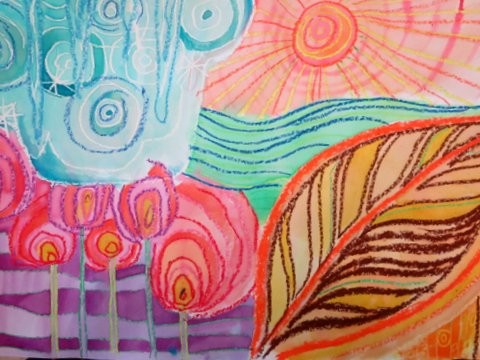
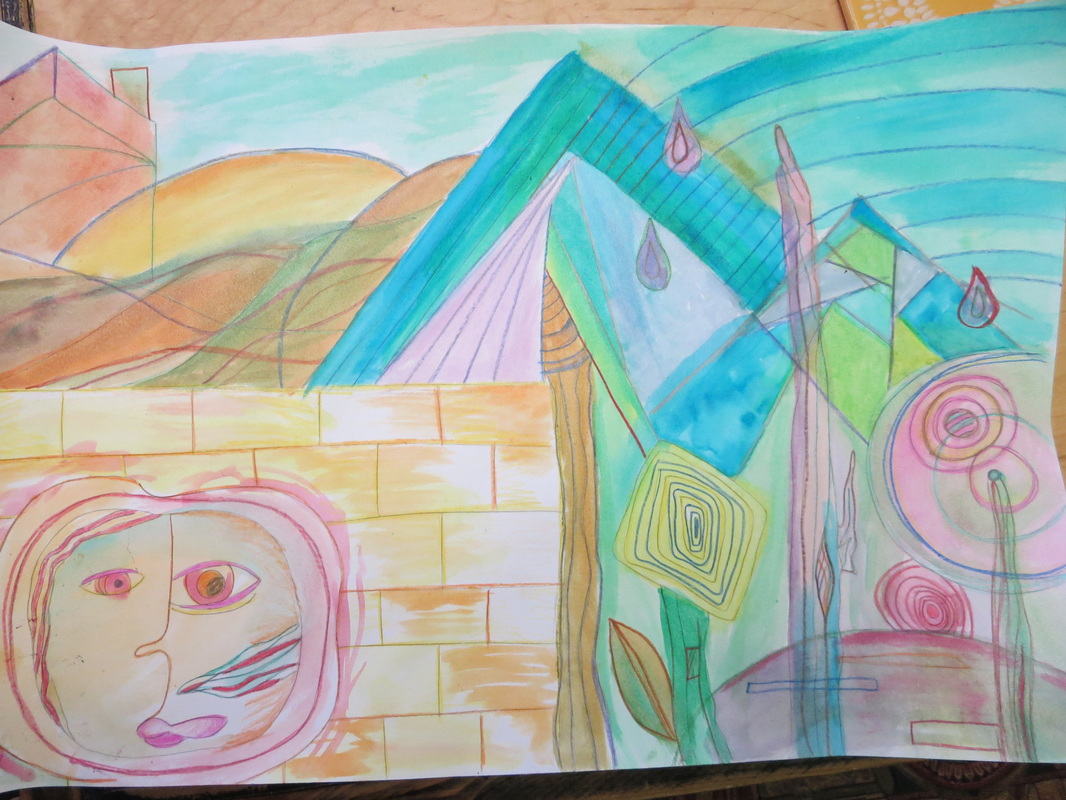
 RSS Feed
RSS Feed
